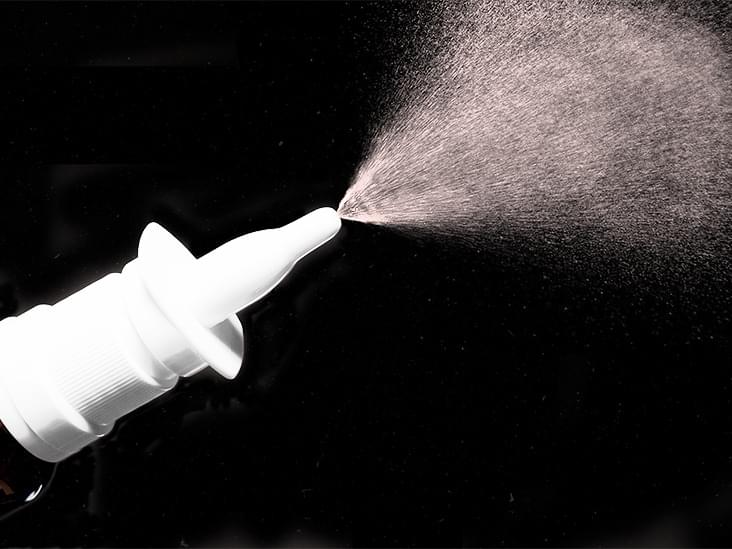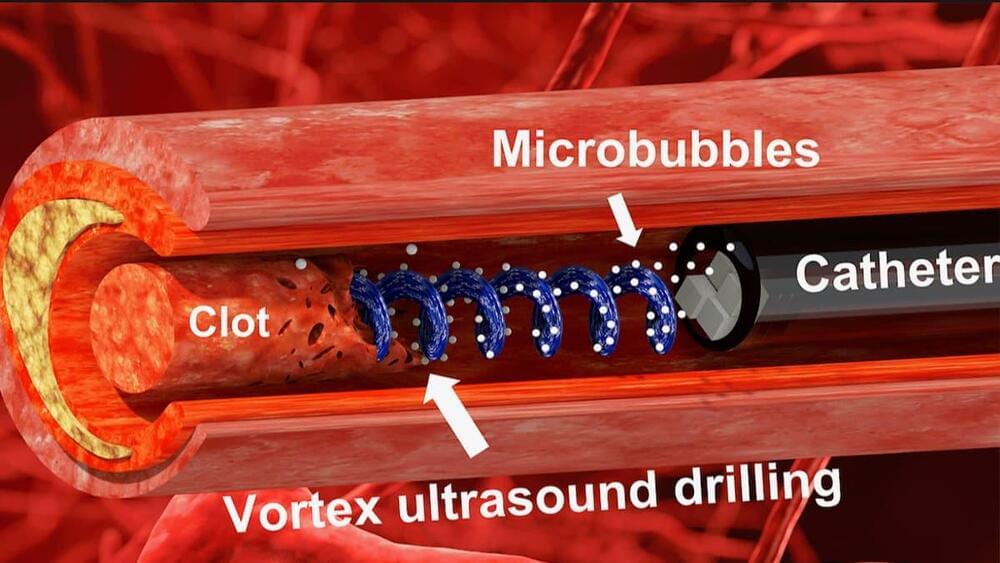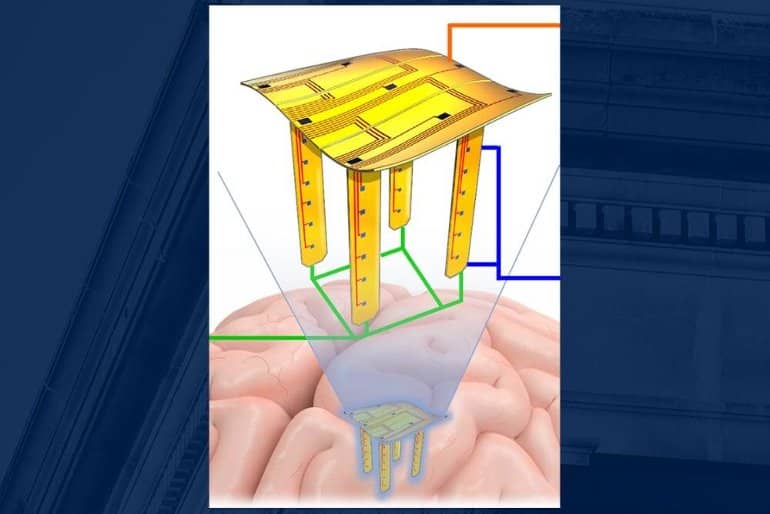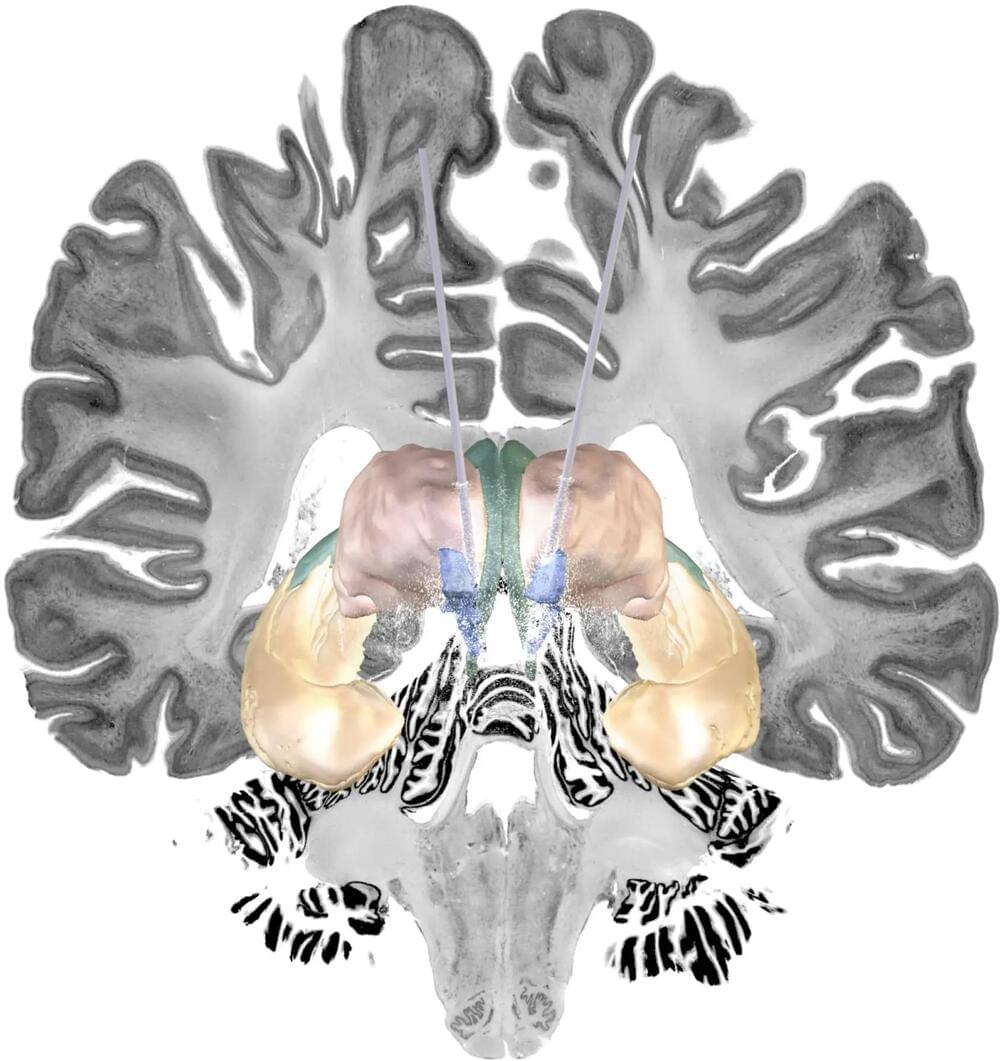The orbitofrontal cortex (OFC) is a region in the frontal lobe of the brain known to be involved in decision-making and information processing. The lateral part of this brain region, known as the lOFC, has been identified as a particularly salient region for the creation of so-called “cognitive maps.”
Cognitive maps are mental representations of the world that are believed to guide human behavior. While past studies have linked the lOFC to the brain’s use of these maps, it is still unclear whether it creates these maps or merely deploys them when necessary.
Researchers at the National Institute on Drug Abuse in Baltimore and the Max Planck Institute for Biological Cybernetics have recently carried out a study exploring these two hypotheses, with the hope of better understanding the functions of the lOFC. Their findings, published in Nature Neuroscience, suggest that the lateral OFC is directly involved in the writing of cognitive maps.







